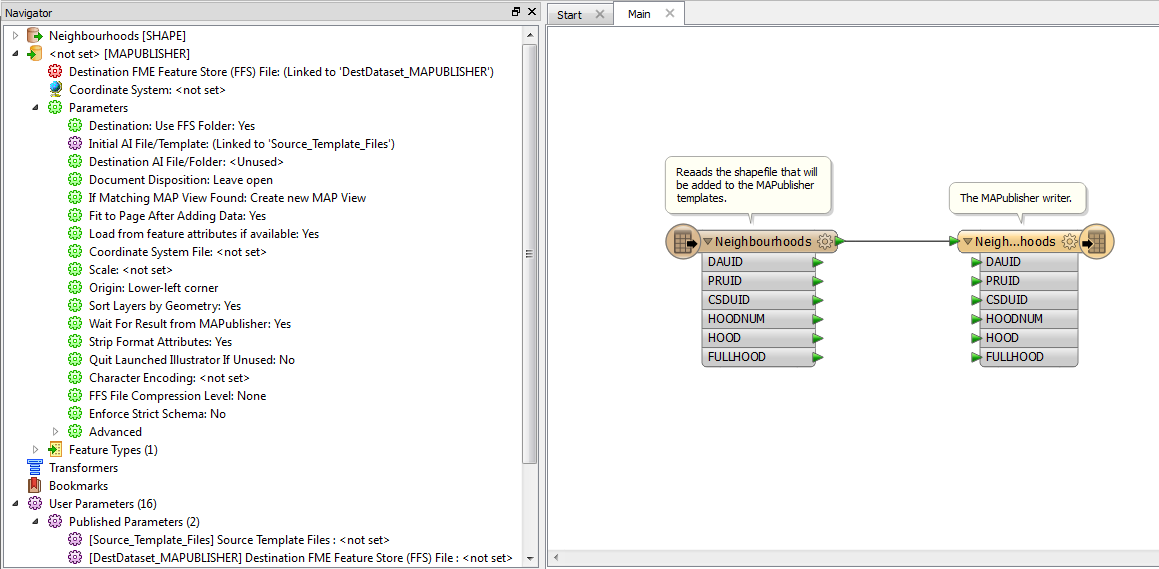


The symbols layer will be labelled with the attribute created earlier and the style set to the font and size that was just determined. Since there is already a layer with the manually placed labels and the symbols shouldn’t interfere with them, the manually placed labels will be designated as an obstacle layer. Next, set up the LabelPro labelling rules. Once you’ve determined the approximate font size to use, delete the O text as it won’t be needed anymore. Determine the approximate font sizeįutura is a good font in this case because the O is a perfect circle. In this case, a 14 pt Futura Medium, shown here in red, seems to cover it well (your results might be different). On the artboard, use the Type tool to place a capital O and adjust its size so that it’s about the same size as one of the point symbols. Thankfully, there is a way to automate at least part of this process by using MAPublisher and LabelPro. Let’s start by adding a column to the attributes to the OSM points layer and filling it with a default value, a capital O. Fortunately, the solution is to trick LabelPro into processing symbols too, so that they can benefit from better placement without overlaps. But it only works when generating labels (text). The MAPublisher LabelPro add-on is capable of collision-avoidance to make sure overlaps don’t happen. As you can see, there are a number of spots where the symbols are densely located and overlap each other. The map is composed of Dutch Top10NL topographic base data, a few labels were manually added for larger features (such as the park), and points imported from OpenStreetMap (OSM) and styled using a Map Theme. This example shows the heart of an old European city (Breda in The Netherlands to be exact). Of course, the symbols can be manually moved around after initial placement to get a more aesthetically pleasing result, but that can be a tedious and time-intensive task. The problem with using GIS data for point symbols is that depending on the scale and symbolization you often end up with symbols partly overlapping each other. This post was contributed by Hans van der Maarel of Red Geographics.


 0 kommentar(er)
0 kommentar(er)
